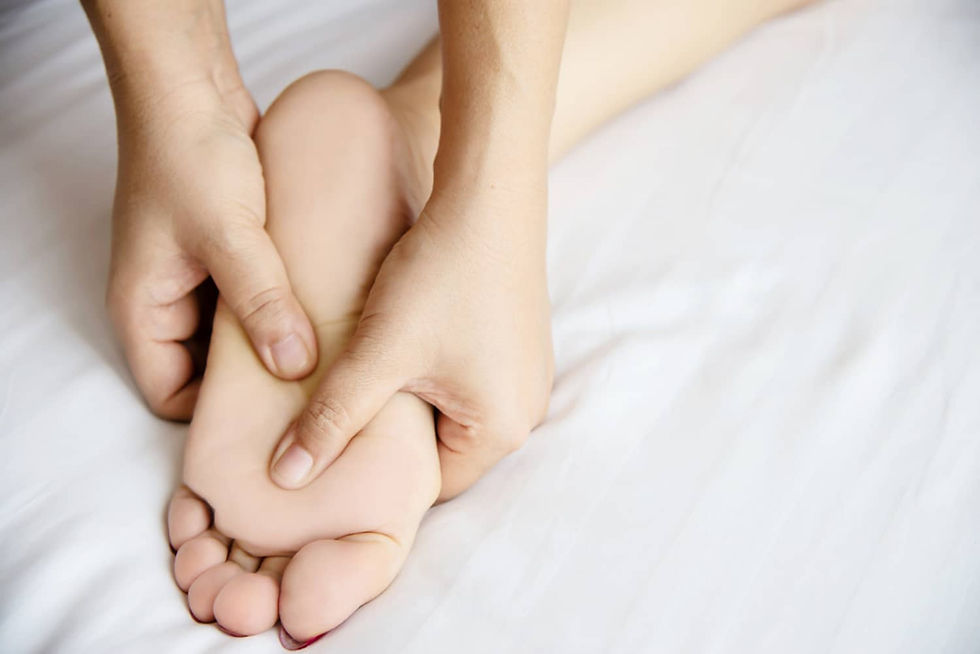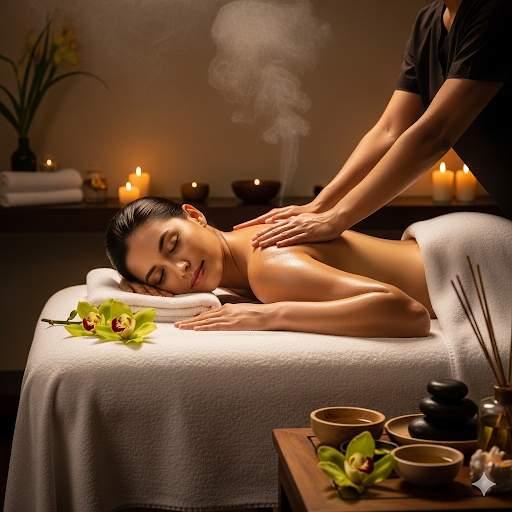What are the Elements of a Professional Sports Massage?
- wawamassagetherapy

- Apr 30
- 3 min read

Whether you're a professional athlete, weekend warrior, or someone with an active lifestyle, a professional sports massage can be a game-changer for performance, rehab, and injury prevention. But not all massages are created equal. So, what sets an experienced sports massage apart? In this blog, we'll discuss the key elements of a high-quality sports massage so you know what to expect and how it can benefit your body.
1. Personalized Assessment
The first essential element of a professional sports massage is a thorough appraisal. A skilled therapist doesn't just start massaging—they begin by asking the right questions. These may include:
● What type of physical activity you do
● Areas of tightness or discomfort
● Recent injuries or surgeries
● Short- and long-term fitness objectives
This personalised approach allows the therapist to tailor the session to your needs. It focuses on specific muscle groups based on your sport or routine.
2. Specific Techniques for Targeted Results
Unlike general relaxation massages, sports massage focuses on methods that deliver valuable results. Some of the most commonly used methods include:
● Effleurage: Light, gliding strokes to warm up muscles
● Petrissage: Kneading movements to break down knots and increase blood flow
● Friction: Deep, circular movements to address scar tissue and adhesions
● Tapotement: Rhythmic tapping to stimulate muscle responsiveness
● Stretching: Assisted or passive stretching to increase flexibility and range of motion
Each technique is applied based on your body's needs, whether for recovery, injury prevention, or pre-performance stimulation.
3. Pre-Event vs. Post-Event Focus
A professional sports massage changes based on timing and purpose. For example:
● Pre-event massage: This type of massage stimulates the muscles, increases circulation, and prepares the body for action without causing soreness. It is often shorter and more invigorating.
● Post-event massage: Helps cool the body down, reduces muscle fatigue, and accelerates recovery by flushing out lactic acid and relieving tension.
Understanding this difference is vital to getting the most out of each session.
4. Focus on Problem Areas
Another hallmark of a professional session is targeted attention to problem areas. Whether it's tight hamstrings, a sore shoulder, or chronic calf pain, a qualified therapist knows how to:
● Isolate the muscle group
● Assess the cause of discomfort
● Apply appropriate pressure and techniques
● Offer suggestions for stretches or exercises
This focused work sets a sports massage apart from a general full-body massage.
5. Communication and Comfort
Your feedback during a sports massage is crucial. A professional therapist encourages:
● Open communication about pressure levels
● Sharing discomfort or sensitivity during the session
● Adjusting techniques in real-time to suit your tolerance
Sports massage can be intense, but it should never be painful beyond your threshold. The purpose is effective discomfort, not injury.
6. Use of Tools and Equipment
Modern sessions include the use of tools like:
● Massage guns
● Foam rollers
● Trigger point balls
● Hot/cold therapy packs
These tools can enhance the effectiveness of the session. They allow the therapist to reach deeper muscle layers or stimulate healing in specific regions.
7. Aftercare and Recovery Advice
A professional massage therapist doesn't just end the session and send you on your way. They provide aftercare advice, which may include:
● Hydration recommendations
● Gentle stretches to maintain flexibility
● Ice or heat application tips
● Scheduling the next session based on your training cycle
This guidance supports long-term recovery and performance gains.
8. Licensed and Certified Therapist
Lastly, a certified and trained therapist conducts a professional sports massage. They understand human anatomy, kinesiology, and sports-specific demands. Always choose a therapist who:
● Has experience with athletes
● Holds certifications in sports massage or related modalities
● Maintains high hygiene and ethical standards
Your body deserves expert hands—especially when pushing it to peak performance.
Final Thoughts
The elements of a professional sports massage go far beyond simple muscle rubbing. It's a tailored, science-based practice that supports your physical goals, whether improving flexibility, reducing injury risk, or enhancing recovery. When done right, a sports massage is not just treatment—it's an essential part of your training and wellness plan. If you're serious about your performance and recovery, invest in professional sports massage in Basingstoke from Wawa massage therapy and experience the benefits.



Comments